And the app became so popular that people began using the word "Photoshop" as a verb for retouching images

KEY TAKEAWAYS
- Photoshop revolutionized the world of image editing, making retouching and modifying accessible to ordinary users for just $895.
- Initially created by the Knoll brothers, the app quickly gained traction, prompting Adobe to acquire the rights in 1995 for $34.5M.
- Over the years, Adobe enhanced Photoshop with more features, transitioning to a subscription model with the Creative Cloud subscription.
Image editing tools have been a staple of the computing world since the early 90s, and their popularity can be traced back to Adobe Photoshop. First released as a third-party app for the original Mac OS, the tool made it easy for untrained users to manipulate and edit digital images.
Although many raster graphics editors have emerged in recent years, Photoshop is still one of the most popular designing tools in 2024. And it all started on February 19, 1990, when Adobe released the first version of Photoshop.
Before Photoshop, there was Display
Which started out as a barebones app
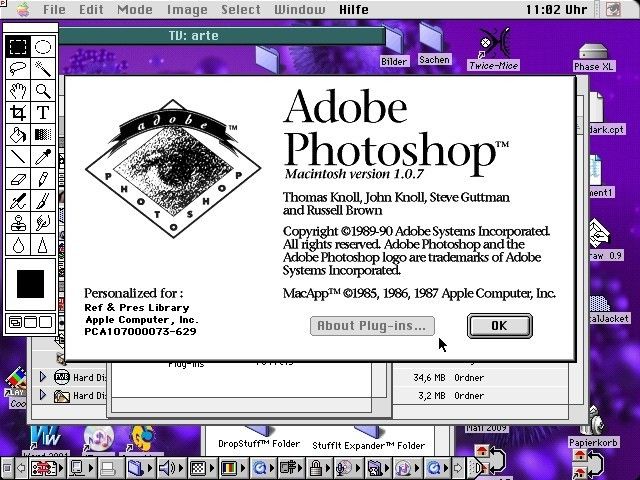
Within a year, the brothers had come up with version 0.63 or “Bond,” the first prototype of Photoshop. The same year, Thomas approached Barneyscan, a company that mainly created desktop scanners. Back in 1988, there was little interest in the scanner market as users could barely do anything with the scanned images. As such, Barneyscan needed an innovation to attract users to its 24-bit scanners.
The Knoll brothers’ Photoshop application was the golden goose for the firm. Even in its early state, users could not only resize, sharpen, and transform images, but they could also modify the color space of digital images. At the time, only industry-grade tools allowed modification of scanned images, and they could cost upwards of $1M. In contrast, Photoshop, when paired with Barneyscan’s scanners, allowed users to edit and scan images for just $15,000!
Barneyscan started selling a rebranded version of Photoshop
And soon, the Knoll brothers made a deal with Adobe
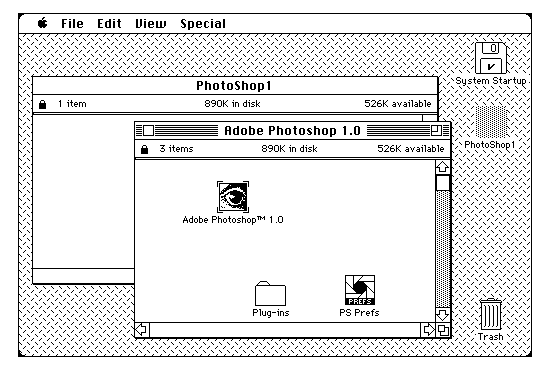
With Barneyscan keen on acquiring the product, Thomas Knoll proposed selling the rights to Photoshop for a $300K sum and 18% of the income generated using the image editor. Barneyscan countered the proposal with a short-term offer to provide a $250 royalty on every sale of their scanner-Photoshop combo. Once the deal was accepted by the Knoll brothers, the company began shipping their scanners with Barneyscan XP, a modified version of Photoshop that could only run on proprietary hardware.
In the meantime, John traveled to Silicon Valley to showcase the application to Apple and Adobe. Both companies were impressed with Photoshop, and Adobe acquired the license to distribute the application in September 1988. On February 19, 1990, Adobe released the first commercial version of the Mac OS (or Classic Mac OS, as it is called today).
Photoshop turned out to be a fruitful venture for Adobe
Even Microsoft started seeking a slice of the Photoshop pie
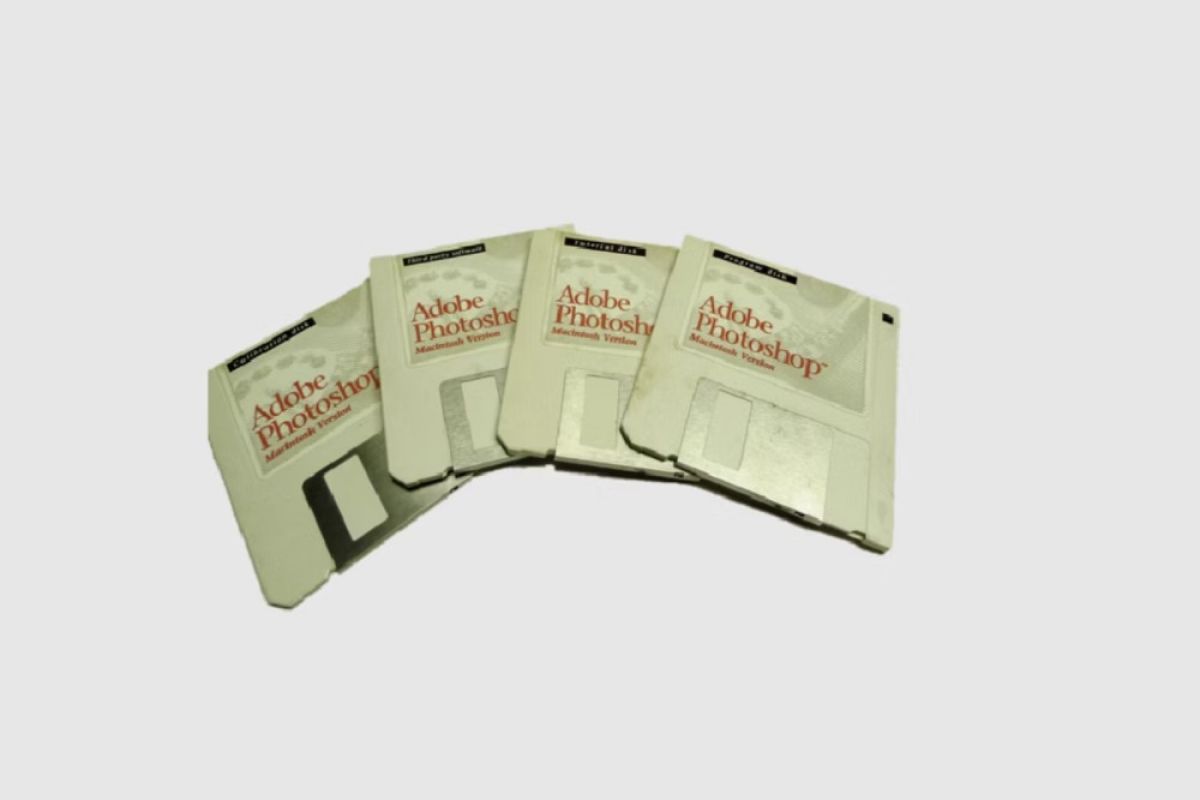
Following its release, Adobe’s version of Photoshop quickly gained a lot of traction from users, with its popularity skyrocketing over the next couple of years. What truly cemented Photoshop’s status as a game changer was the fact that it made retouching and modifying images more accessible to ordinary users. Earlier, it could easily take hundreds, or even thousands of dollars just to edit one digital picture. With Adobe Photoshop, all you needed was a Macintosh system, and you could pay a one-time premium of $895 to retouch as many images as you wanted.
Soon, Microsoft realized the potential of Photoshop. In 1993, the company ported Adobe Photoshop 2.5 over to Windows, exposing even more users to the killer app. During this time, Adobe’s contract with the Knoll brothers stipulated that the company must pay a royalty for every sale of Photoshop. This led to Adobe eventually purchasing the rights to Photoshop from the Knoll brothers for $34.5M in 1995.
Photoshop: 34 years later
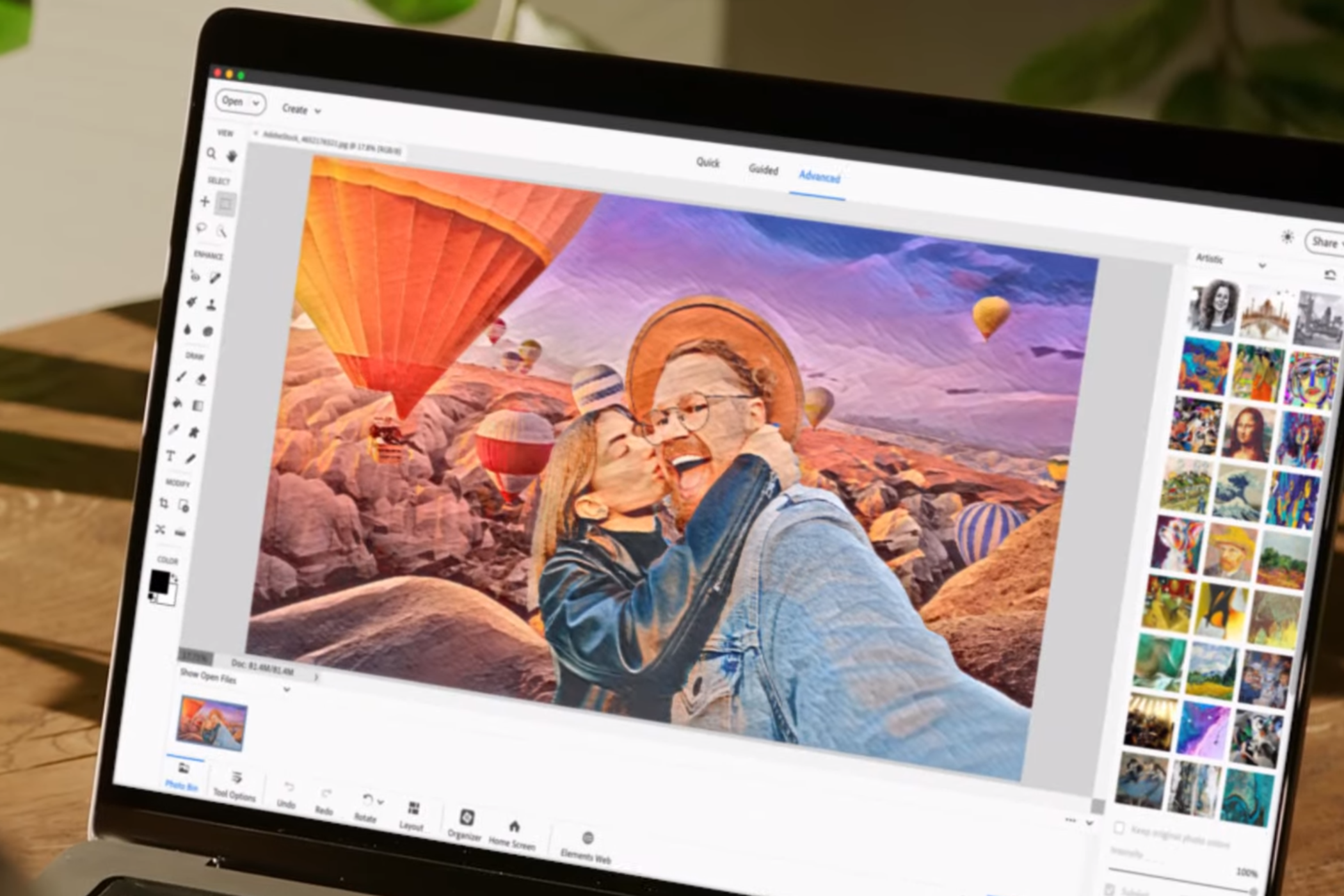
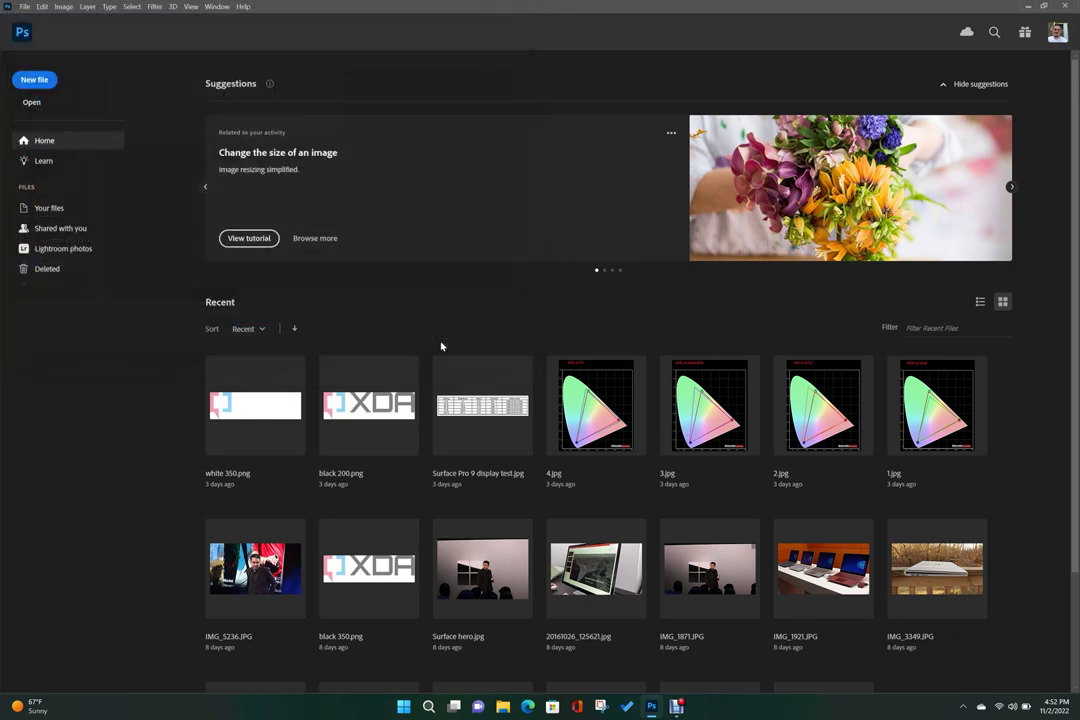
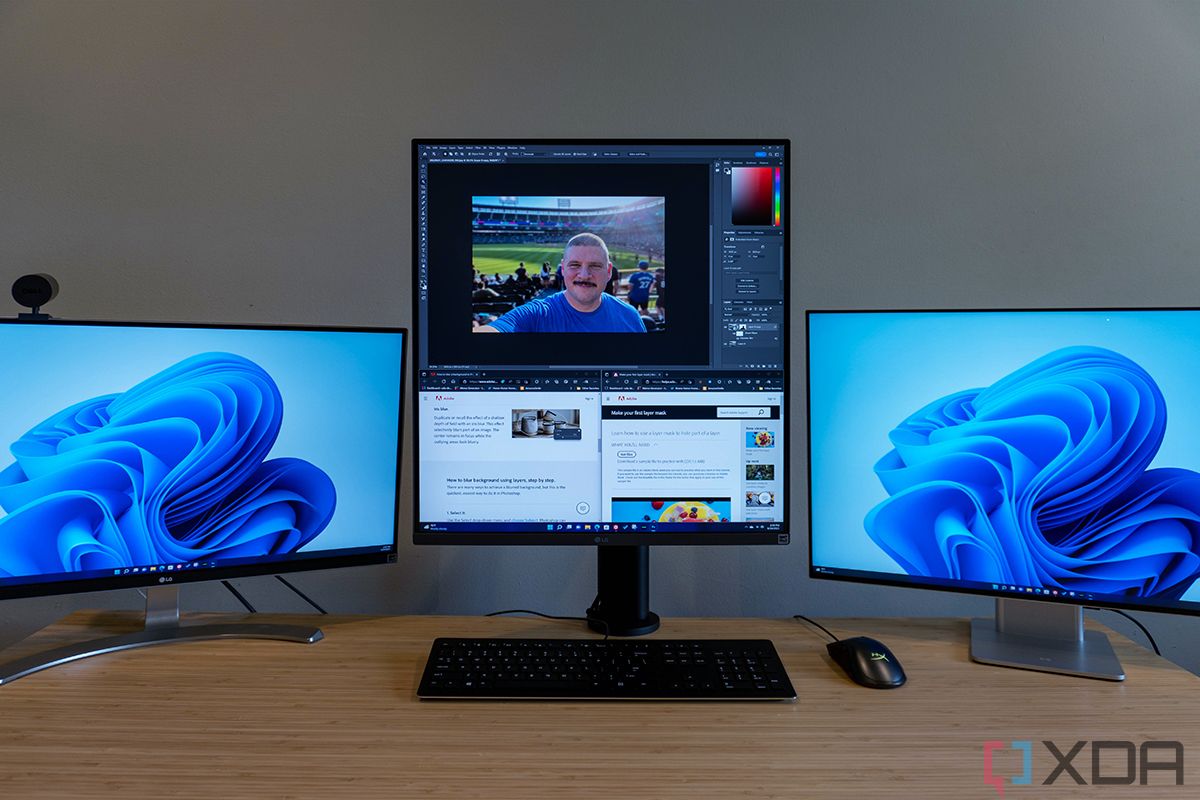

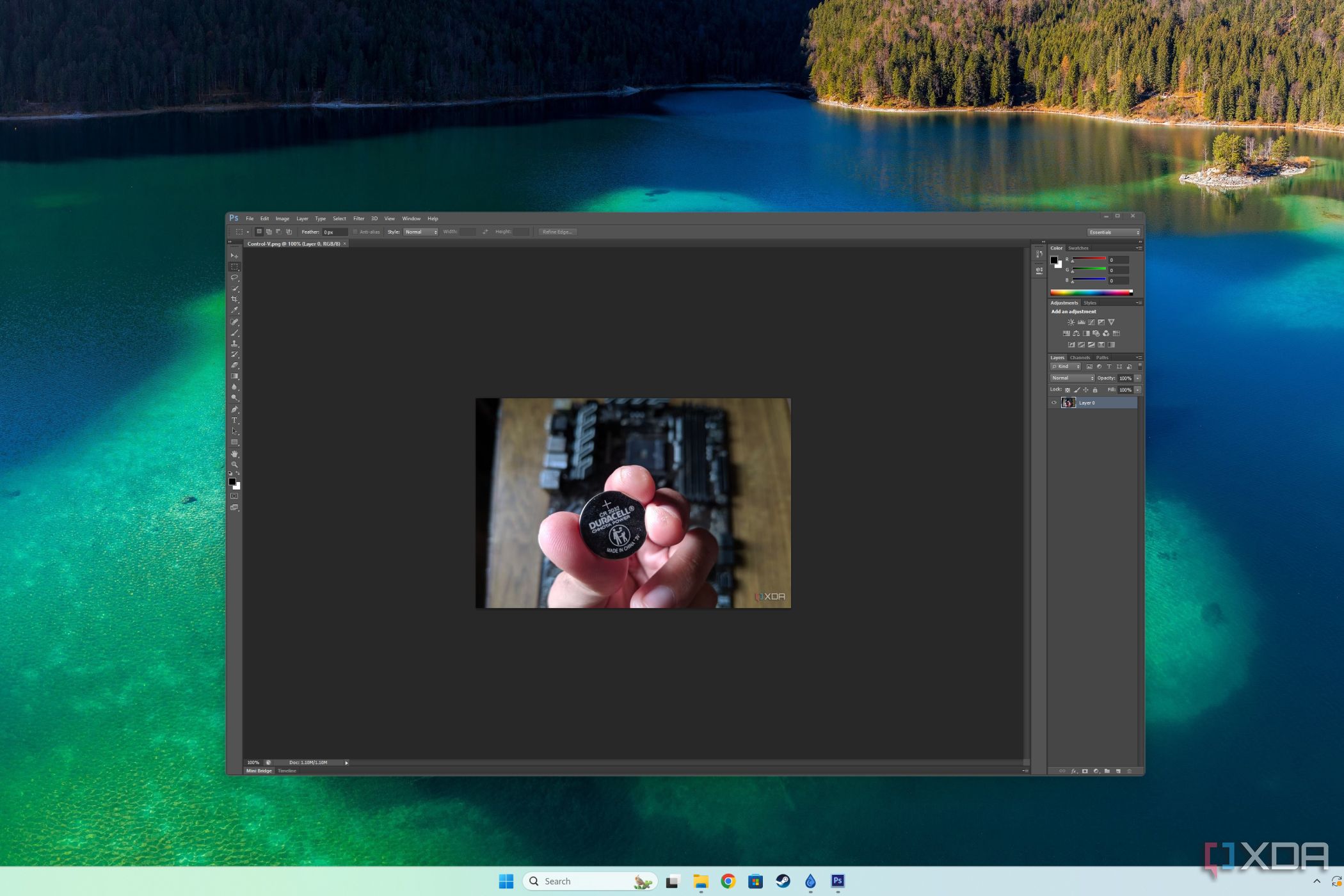
After acquiring Photoshop, Adobe began adding more features to the application. By the early 2000s, Photoshop became synonymous with image editing. Heck, Photoshop became so popular that many companies began focusing their efforts on creating plug-ins and add-ons for the application.
In October 2003, Adobe launched the first commercial release of the app under the name Photoshop CS, with the new version featuring an overhauled UI. After spending a decade incorporating new functionalities into Photoshop, Adobe switched to a subscription model and began offering Photoshop alongside other products under the Creative Cloud subscription. Adobe’s transition to a software-as-a-service model caused quite a bit of backlash from the community, though the company remained steadfast in its decision. By 2017, Adobe had removed Photoshop CS6, the last version of the app that supported perpetual licenses, from its store.
And here we are, 34 years after the release of the groundbreaking app. With AI taking the world by storm, Adobe, like most tech firms, has integrated generative AI facilities into its application suite. While Photoshop has radically changed since its early days, the fact that it still has a ton of users in this day and age is a testament to its success.
- phen0men4
-

 1
1




Recommended Comments
Join the conversation
You can post now and register later. If you have an account, sign in now to post with your account.
Note: Your post will require moderator approval before it will be visible.